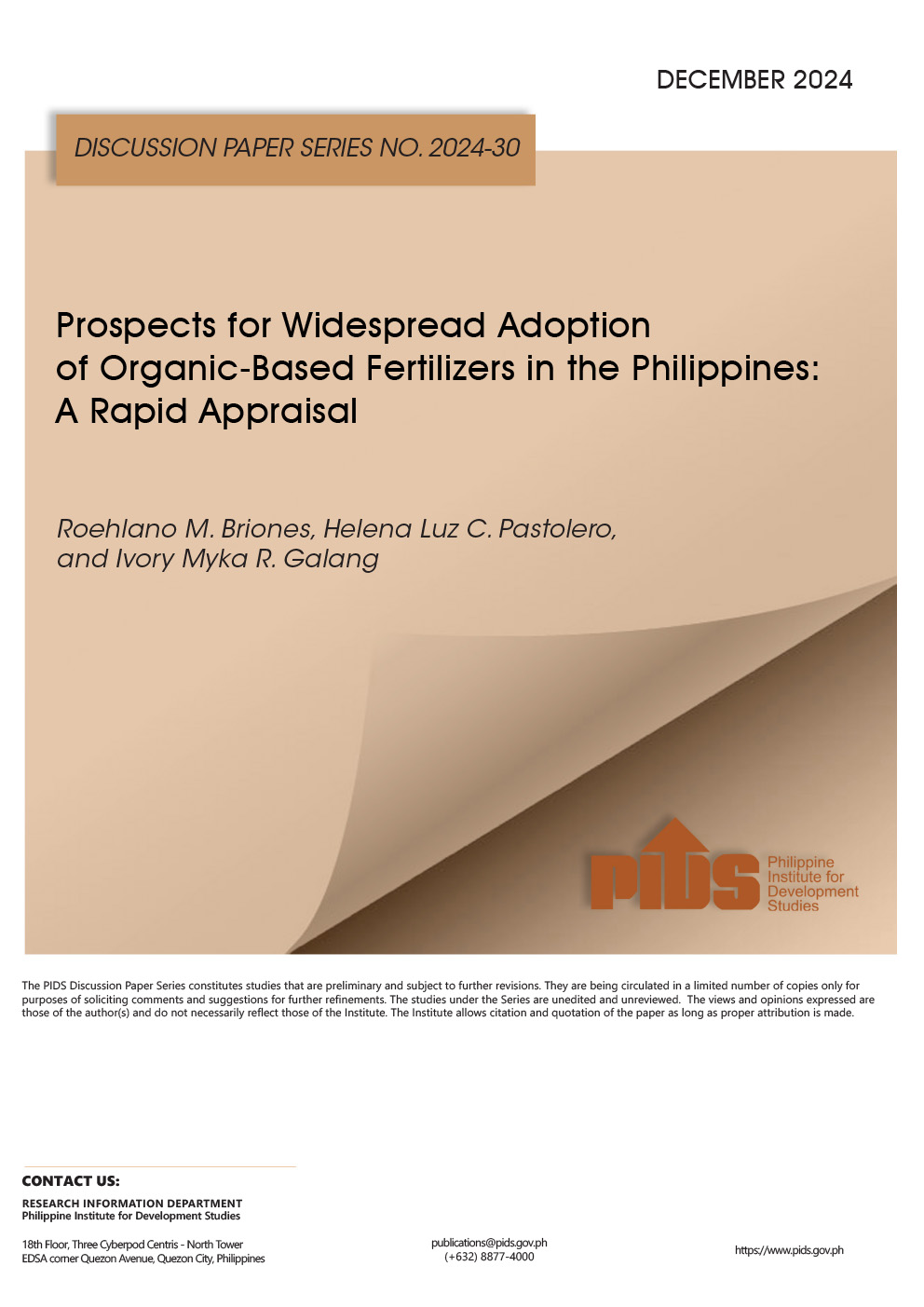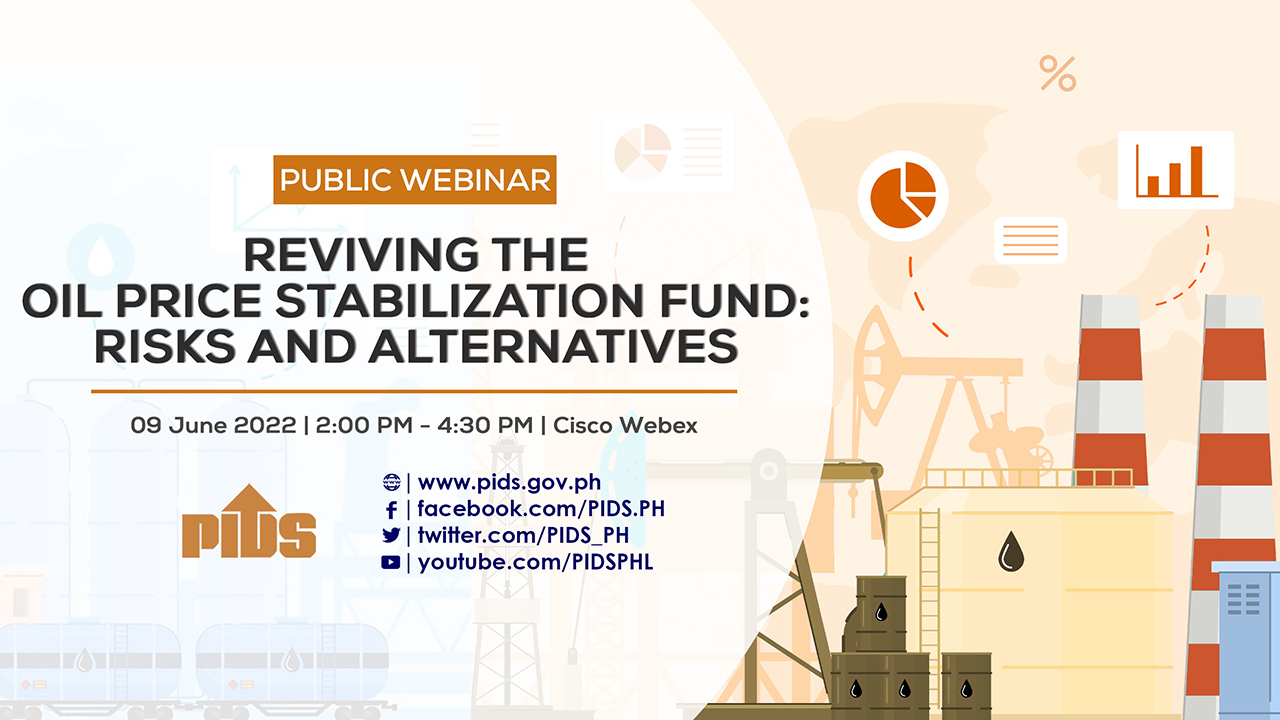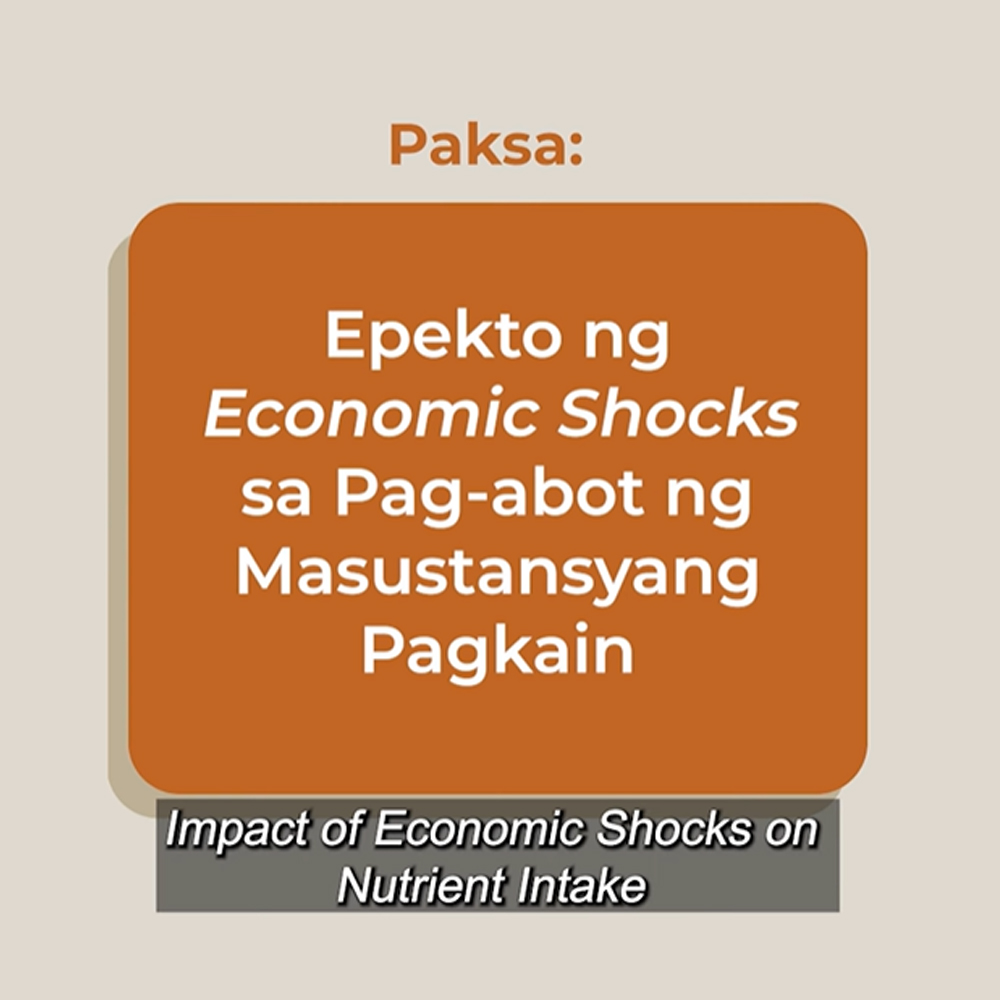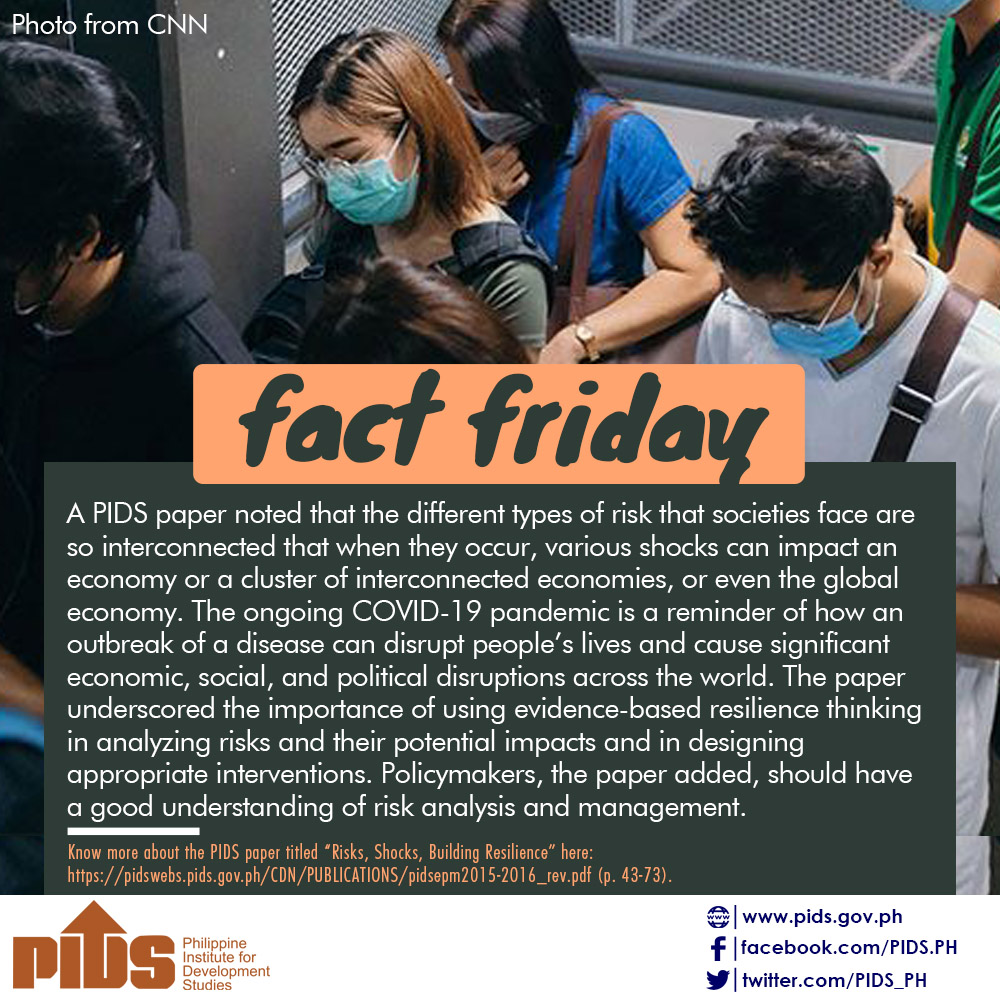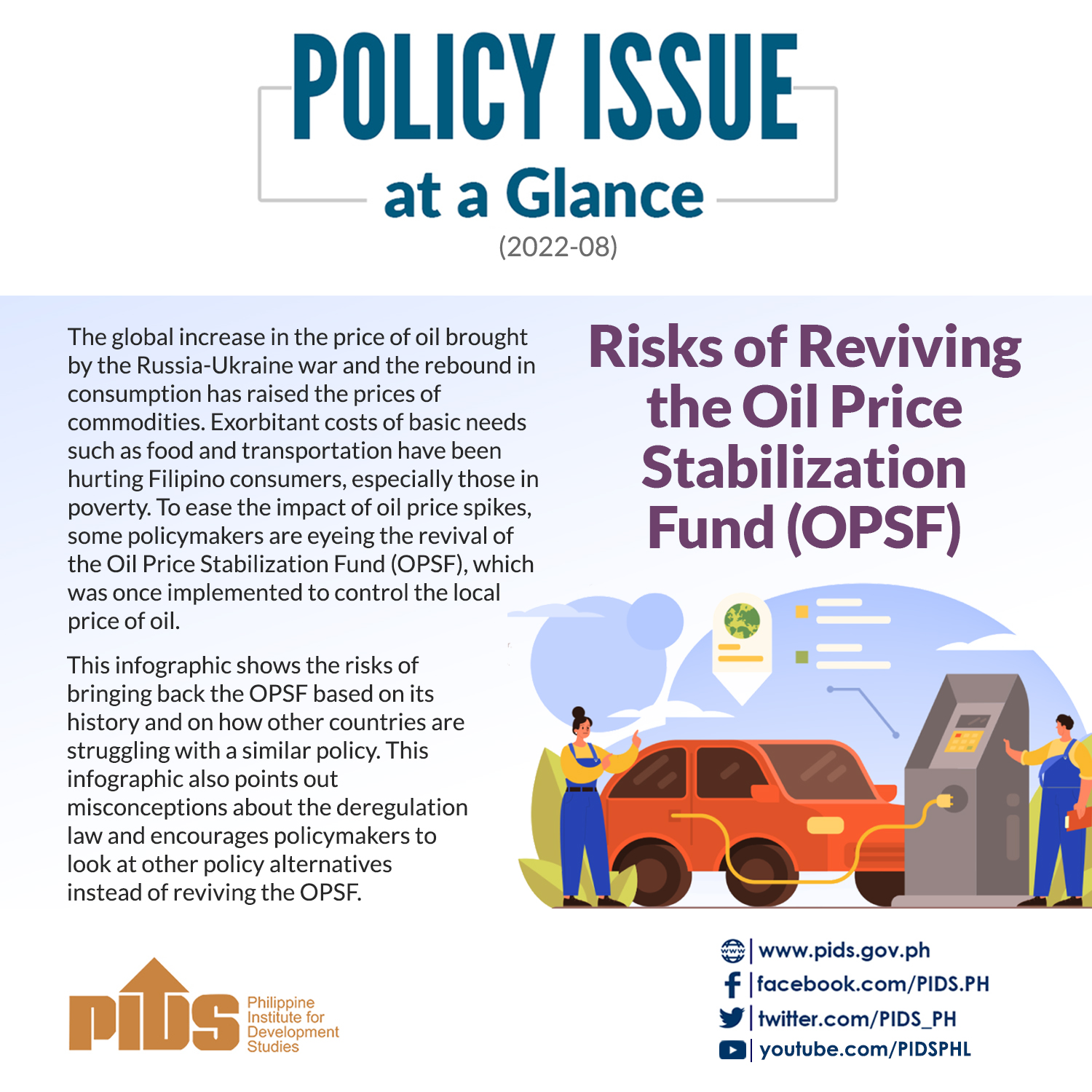INFLATION may have slowed in November, but local economists warned that higher rice prices as well as Christmas spending in December may keep commodity prices elevated.
On Tuesday, the Philippine Statistics Authority (PSA) disclosed that the country’s inflation slowed to 4.1 percent. This was slower than the 4.9 percent posted in October 2023 and 8 percent recorded in November 2022.
However, PSA data showed despite the slower headline inflation, certain commodities such as rice posted an inflation rate of 15.8 percent in November, higher than the 13.2 percent posted in October 2023 and the 3.1 percent posted in November 2022.
“[This] clearly [shows that] the supply side issues hounding the rice industry remain serious,” Monetary Board Member Bruce J. Tolentino told BusinessMirror on Tuesday.
Based on the latest data, the three rice varieties being monitored by
PSA showed higher rates in November compared to both the October 2023 and November 2022 rates.
Regular milled rice prices increased to P46.73 per kilo in November 2023, higher than the P45.42 per kilo in October 2023 and P39.57 per kilo in November last year.
Well-milled rice, meanwhile, averaged P51.99 per kilo in November 2023. This was also higher than the average of P51 per kilo in October 2023 and P43.86 per kilo in November 2022.
Special rice varieties also showed higher prices at an average of P61.47 per kilo. This is higher than the P60.95 per kilo in October 2023 and P53.53 per kilo in November 2022.
“Internationally, the India ban on certain rice varieties continues to hold, and there is no certainty when it will be lifted. Fertilizer prices are also elevated; note that fertilizer impacts have a lag through the planting cycle,” Tolentino said. “Domestically, while the Philippines has had a historically high harvest, there is a lot of suppressed demand.”
The elevated rice prices, Tolentino added, may also reflect the uncertainties in the government’s own policies when it comes to price control.
He said due to these uncertainties, farmers and traders decided to impose “tight control” on their inventories in case the government again decides to make sudden changes in policy such as imposing price controls.
“[This can] still [be] explained by elevated world prices. The slight increase in the fourth quarter [will] not [be] enough to compensate for reduced importation because of expensive foreign rice. I expect inflation to hold steady or even decline slightly despite Christmas season,” Philippine Institute for Development Studies (PIDS) Senior Research Fellow Roehlano Briones told BusinessMirror.
University of Asia and the Pacific (UA&P) economist Victor A. Abola told this newspaper on Tuesday that the national government can opt to create government-to-government deals to ensure adequate rice supply, especially during the lean months.
These G2G deals, Abola said, can be done “in tandem with private rice importers.” He said this will be helpful since El Niño will likely hit the country in the first semester of 2024.
Abola expects inflation to increase to 4.2 percent in December but be below 3 percent in the first quarter of next year, due to base effects.
National Statistician Claire Dennis S. Mapa also admitted that base effects played a role in the inflation rate in November 2023.
It may be noted that inflation peaked in January 2023 at 8.7 percent. But inflation was also high at 8.1 percent in December 2022.
“Without El Niño, my model suggests 3.9 percent average for 2024. However, with El Nino, it will likely be higher even with government intervention,” Abola said.
“However, the rise in rice prices would be offset at least partially by weaker crude oil prices. The latter have eased despite the OPEC+ cuts, which were ‘voluntary’,” he added.
For his part, Manulife Investment Management and Trust Corporation Philippines Head of Equities Mark Canizares said rice and Christmas spending could pull up inflation.
Canizares noted that rice prices increased after the lifting of the cap imposed by the government, while the Christmas season is known for higher spending among households.
Monetary policy
Given the slowdown in inflation, the BSP now has room to pause in the last Monetary Board in December 2023, according to HSBC economist for Asean Aris Dacanay.
Dacanay said BSP may “stay pat” longer on account of slowing inflation. He said this will be supported by the need to “mind the gap” between the policy rates of the BSP and the US Federal Reserve.
“We only expect the BSP to begin its easing cycle right after the Fed does its first rate cut. Our baseline view is for the Fed to do its first policy rate cut in the third quarter of 2024,” Dacanay said.
Meanwhile, Bank of the Philippine Islands (BPI) economist Emilio S. Neri Jr. thinks it’s too early to expect rate cuts from the BSP. He said it was possible for the BSP to keep interest rates elevated in 2024.
This would be the case, given that inflation is expected to increase again in the second quarter of 2024, Neri said. Rate cuts would follow the movements of the US Federal Reserve.
“It might be difficult to cut interest rates without any rate cuts from the Fed given the substantial current account deficit of the country, which could lead to volatility in the exchange rate,” Neri said.
Meanwhile, Canizares said if inflation continues to trend lower, interest rate policies by the BSP will likely be kept stable. This means the country could also expect “a more progrowth monetary stance in 2024.”
“If interest rates fall, this is typically positive for capital markets such as Equities. Lower interest rates provide more room for corporates to expand and more propensity for consumers to spend, which will translate to higher economic growth and activity, potentially leading to a more robust equities market in 2024,” Canizares said.
Government efforts
Secretary Arsenio M. Balisacan of the National Economic and Development Authority (Neda) said the government must keep monitoring the inflation situation in the face of continued price pressures from geopolitical tensions and extreme weather situations, further fueling uncertainty.
To ensure sufficient supply and stable prices of rice, the Inter-Agency Committee on Inflation and Market Outlook (IAC-IMO) subcommittee on food inflation has proposed to maintain the lower tariff rates on rice, corn and swine meat, Balisacan said.
At the same time, differentiated support must be provided to agricultural producers, depending how and when they will be affected by El Niño. Measures to reduce transport and delivery costs are being undertaken as well.
Latest monitoring by the Philippine Atmospheric, Geophysical and Astronomical Services Administration (Pagasa) showed a strong El Niño is already present in the country and will intensify in the coming months until the second quarter of 2024. This could bring below-normal rainfall across the country and disrupt food production and energy generation.
Balisacan added that the Toll Regulatory Board and the Department of Agriculture, along with other agencies and tollway concessionaires, are finalizing the details for exempting agriculture delivery trucks from toll increases to mitigate energy- and fuel-related inflationary pressures.
Meanwhile, the Land Transportation Franchising and Regulatory Board has provided fuel subsidies to 166,598 public utility vehicles as of November 17.
To protect the most vulnerable sectors from high food prices, the Department of Social Welfare and Development launched the Walang Gutom 2027: Food Stamp Program, which provides monetary assistance to low-income households and allow them to purchase selected food commodities from eligible merchants.



